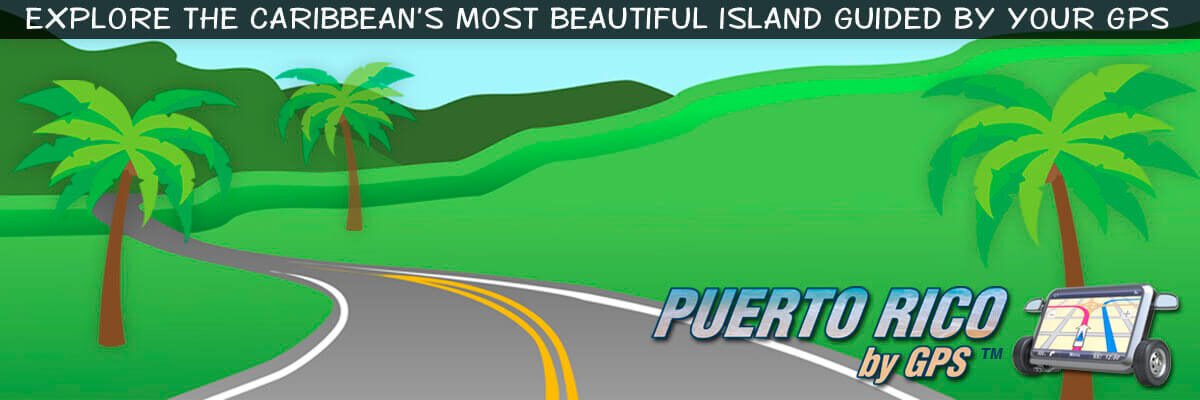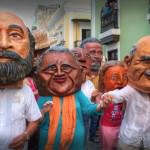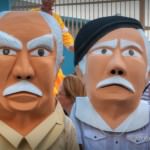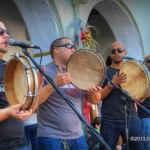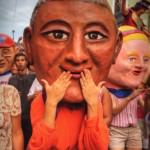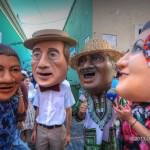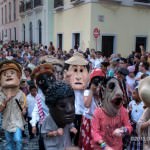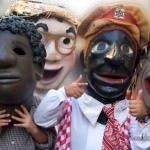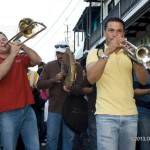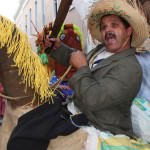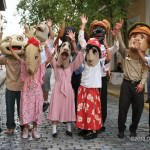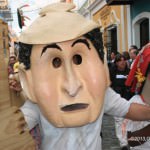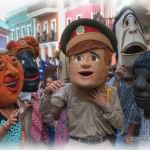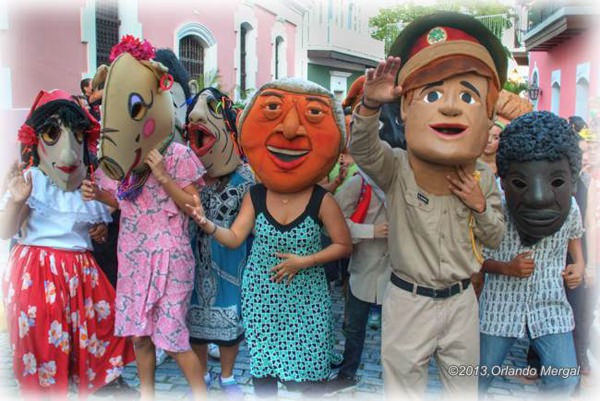
When exiting Casa Blanca go straight on San Sebastian Street until you reach the corner with “Calle Cristo”. There you will find the famous “Plaza San José”, where the “Fiestas de la Calle San Sebastián” take place every year on the third weekend of January. You will recognize it because it has the statue of Juan Ponce de León in the center.
Puerto Ricans love to party. And Puerto Rico has the longest Christmas season in the world. It all starts on Thanksgiving Day, as the American-inspired turkey dinner tradition takes on a Latin flavor of its own. Many families literally bring home their turkey in one hand and their Christmas tree and ornaments in the other. Often, while the turkey is roasting away in the oven, the family will be busy decorating their Christmas tree. From there, the Christmas season extends for approximately seven weeks and it all ends with the “Fiestas de La Calle San Sebastian”.
This hasn’t always been the case. In colonial times, Christmas season started on the 24th of December with “La Nochebuena” or holy night, that marked the night preceding the birth of our Lord Jesus Christ. From there the period extended until January 6, when the most important festivity, “El Día de Los Reyes Magos” or Three Kings Day” was celebrated.
In 1898, the United States invaded Puerto Rico and brought along Thanksgiving and Santa Claus. Now don’t forget, Puerto Ricans love to Party. So now we had this new bird that we learned to stuff with plantains and garlic and a chubby guy, in a red and white suit, without any chimneys to climb into. So how do you make the best it all? ¡You party!
Then father Madrazo came along in 1954 and organized the first “Fiestas de la Calle San Sebastian” to collect funds to restore many of the deteriorated structures on the street. One thing led to another and the organizers decided to include the famous “cabezudos”, which originally wore giant masks representing the Spanish monarchs Fernando and Isabel and marched down the street alongside residents, musicians and participants.
Today the “cabezudos” represent many characters derived from Puerto Rican folklore and march down the street followed by a “comparsa” and thousands of participants. A “comparsa” is a small musical group that generally includes several plenera drums, güiros and maracas.
But the “Fiestas de la Calle San Sebastian” go way beyond the “cabezudos” parade. The week-long event also has artisan fairs, chess matches, folkloric events and concerts under the stars. In fact, it’s the largest event in the world taking place during the month of January.
The religious aspect is kept alive by a procession in honor of the patron saint and a mass that’s traditionally celebrated on Saturday evening.
